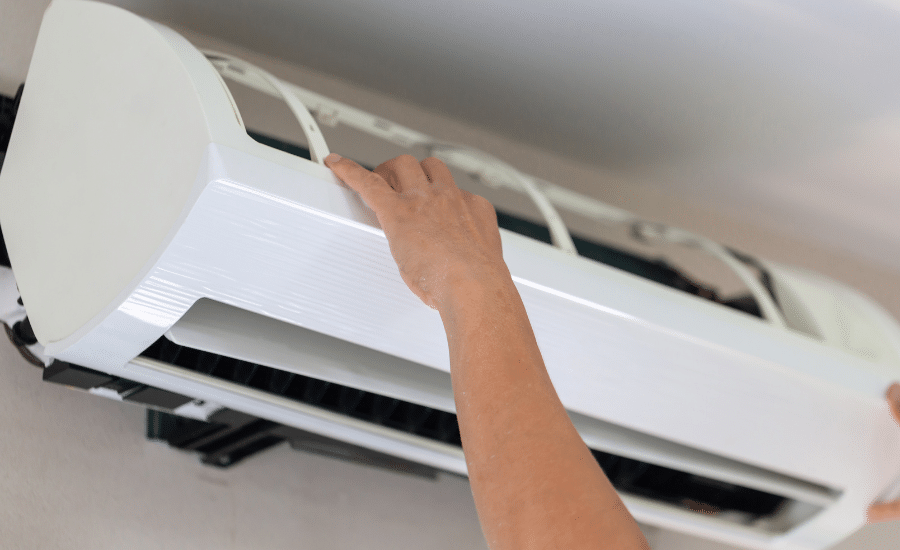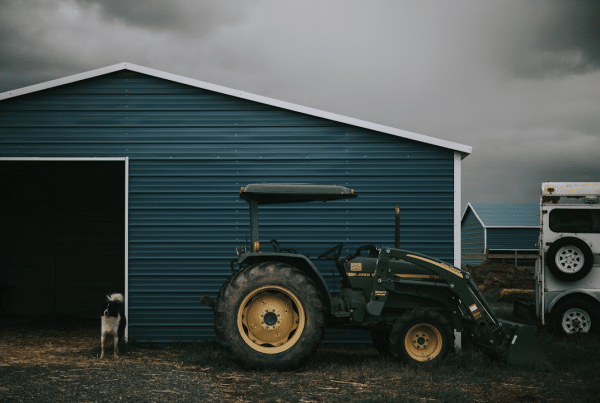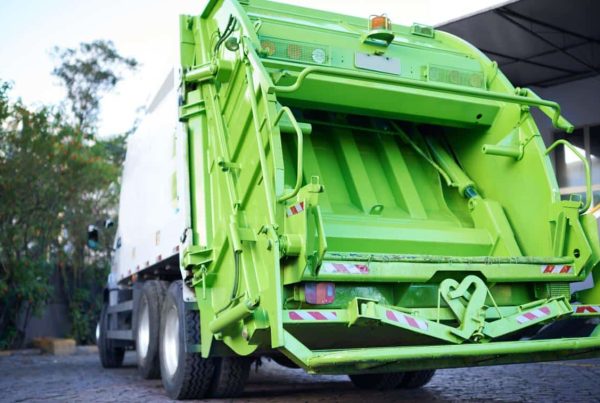Maintaining an efficient air conditioning (AC) system is not just about comfort; it’s a necessity in many climates. While some issues require professional intervention, there are several AC problems you can fix on your own. This guide provides a step-by-step approach to handling simple AC repairs at home, ensuring you stay cool and comfortable without always needing to call in the experts.
Understanding Your AC System
An AC unit comprises several key components: the compressor, condenser, evaporator, and thermostat. The compressor and condenser are usually located outside the house, while the evaporator is inside. Understanding these parts and their functions is crucial for troubleshooting and repairing your AC unit effectively.
Safety First: Preparing for DIY AC Repair
Safety is paramount when handling any electrical appliance. Always ensure the AC unit is unplugged or the power supply is turned off before starting any repair work. Wear protective gear like gloves and safety glasses, and always refer to your AC unit’s user manual for specific guidance.
Common AC Issues and DIY Fixes
1. Air Conditioner Not Cooling Properly
Air Filters: Dirty air filters can obstruct airflow, reducing efficiency. Check, clean, or replace them regularly.
Thermostat Settings: Ensure the thermostat is set correctly – sometimes, it’s as simple as adjusting the settings.
2. AC Unit Making Strange Noises
Different Sounds: Buzzing, rattling, or whistling sounds can indicate different issues, from loose parts to refrigerant leaks.
Tightening Loose Components: Sometimes, tightening screws can eliminate unwanted noises.
3. Water Leakage from the AC Unit
Causes: Water leaks can be due to blocked drain lines or dirty air filters.
Cleaning the Drain Line: Regularly check and clean the AC’s drain line to prevent leakage.
4. AC Unit Not Turning On
Power Supply: Ensure the unit is properly plugged in and the outlet is working.
Circuit Breaker: Sometimes, resetting the circuit breaker can solve the issue.
5. Frozen Evaporator Coils
Causes: Poor airflow and low refrigerant levels can cause the coils to freeze.
Thawing Procedures: Turn off the unit to allow the coils to thaw, and check airflow issues.
When to Seek Professional Help
While DIY repairs can be effective for minor issues, more complex problems like refrigerant leaks, electrical faults, or compressor issues should be handled by trusted AC repair technicians. Attempting to fix these can be dangerous and may cause more harm to your AC unit.
Maintenance Tips to Prevent Frequent Repairs
Regular maintenance is key to preventing frequent repairs. Clean or replace air filters every month, and have a professional service your unit annually. Keeping the area around your outdoor unit clean and ensuring good airflow can also prolong its lifespan.
Understanding the basics of AC repair can save time and money. However, always prioritize safety and know when to call a professional. With proper maintenance and responsible DIY repairs, your AC unit can provide efficient cooling for years to come.
By following this guide, you’re equipped with the knowledge to tackle some of the most common AC issues. Remember, regular maintenance and a keen eye for early signs of trouble can prevent many problems. Stay cool and comfortable in your home by taking charge of your AC’s health with confidence and caution.








